|
May is known for the number of birds that travel north for the Summer to nest, but there is another great migration taking place that people may not be aware of. The butterfly migration! Most notably is perhaps the Monarch butterfly who makes a 3000 mile journey from Mexico all the way to the Northeast U.S. and even as far as Canada.
Although it takes many generations to make the trip north, in the Fall, it is one super generation that flies the entire 3000 mile journey south over a period of about 3 months. Unlike many insects, Monarchs are not able to overwinter in cold climates, which is one of the reasons they are thought to make this incredible journey twice throughout the year.
There is not much known about why there is one super generation that seems to dramatically outlive the other generations of Monarchs, or why the butterflies make this long journey. There are, however, many ongoing scientific research projects looking at the benefits of these migrations. Some theories are that the butterflies are following their food sources or that the migration could even be a way to weed out parasites within the population! For more information on Monarch migration check out these great resources:
In Massachusetts, we can start to expect Monarchs to show up from now until mid-June, so keep your eyes open for those bright orange beauties! If you have Milkweed in your garden, be sure to monitor the leaves for the different stages of the Monarch's lifecycle!
1 Comment
|
AuthorNRT's dedicated staff are responsible for the content of the NatureTalk blog. Questions? For more information on any blog post, please contact us at any time. Archives
December 2021
Categories
All
|


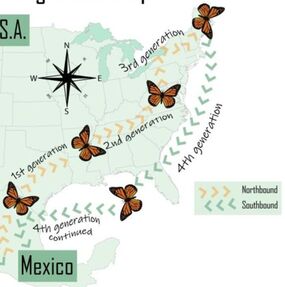
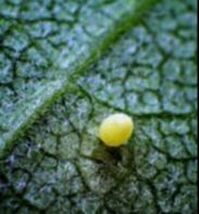
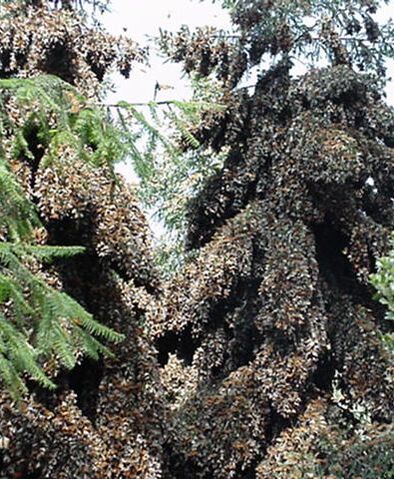
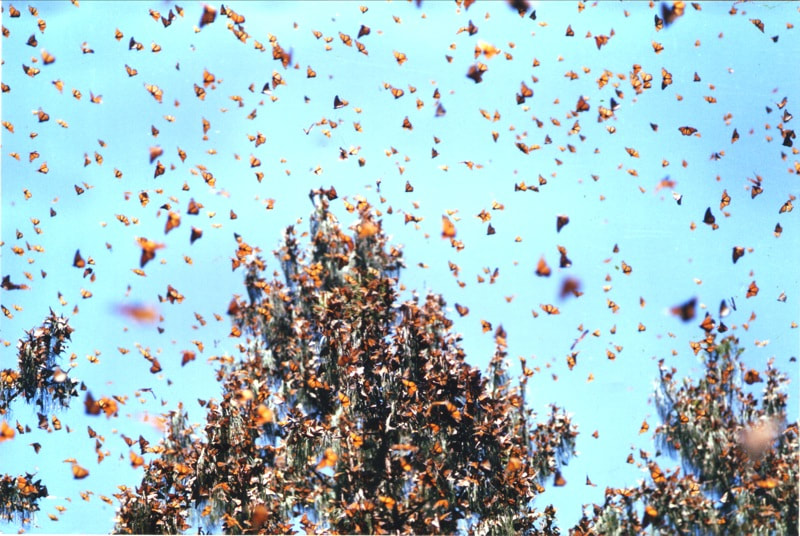
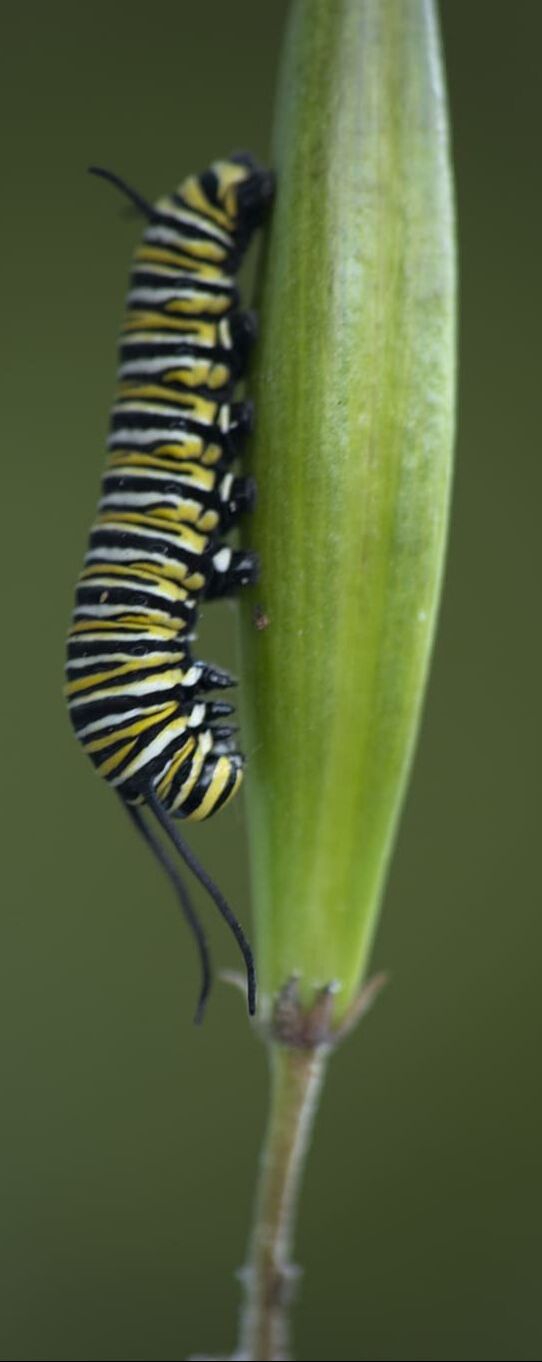
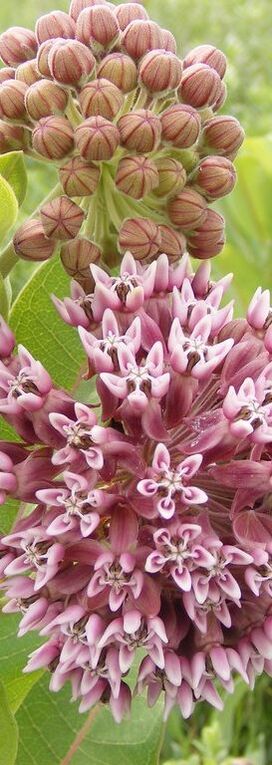
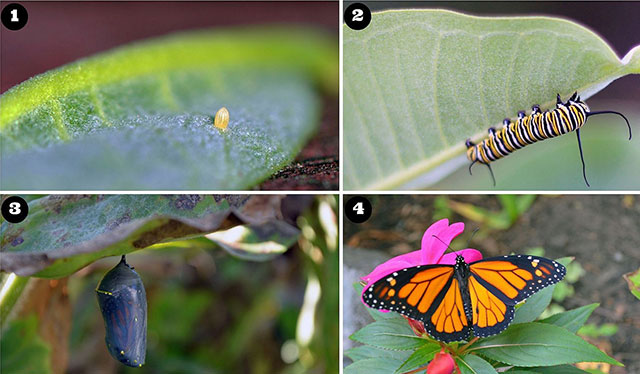
 RSS Feed
RSS Feed
